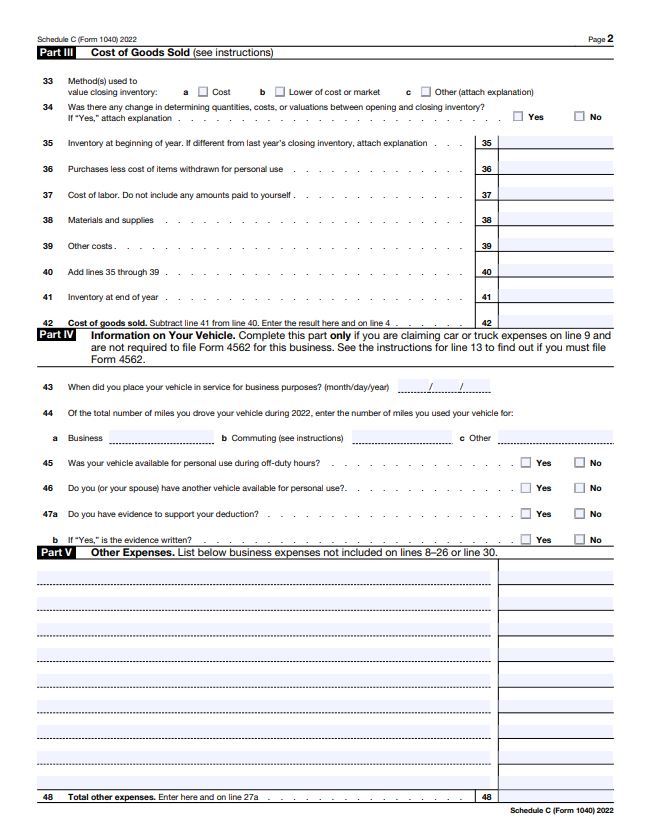Two US Senators, Sherrod Brown (D-OH) and Bill Cassidy (R-LA), have introduced legislation that would raise the threshold that would require someone to get a 1099-K form from $600 to $10,000. The 1099-K form is a tax form that is issued by payment settlement entities (PSEs), such as PayPal and Venmo, to sellers who receive more than $600 in payments through their platforms.
The legislation, called the Red Tape Reduction Act, would make it easier for small businesses and casual sellers to operate online. Currently, many small businesses and casual sellers are required to file a 1099-K form even if they only receive a few hundred dollars in payments each year. This can be a burdensome and costly process, especially for small businesses that are just starting out.
The Red Tape Reduction Act would help to reduce this burden by raising the threshold for when a 1099-K form is required. This would mean that fewer small businesses and casual sellers would need to file a 1099-K form, and those that do would only need to file a form if they receive more than $10,000 in payments.
The Red Tape Reduction Act is supported by a number of organizations, including the National Retail Federation, the National Association of Realtors, and the Small Business Administration. The legislation is currently being considered by the Senate Finance Committee.
If the legislation is passed, it would have a number of benefits for individuals. First, it would reduce the burden on small businesses and casual sellers. Second, it would help to reduce the amount of paperwork that is required to file taxes. Third, it would help to protect the privacy of individuals by reducing the amount of information that is reported to the IRS.
The Red Tape Reduction Act is a common-sense piece of legislation that would make it easier for small businesses and casual sellers to operate online. The legislation is supported by a number of organizations, and it is currently being considered by the Senate Finance Committee. I urge you to contact your Senator and let them know that you support the Red Tape Reduction Act.
